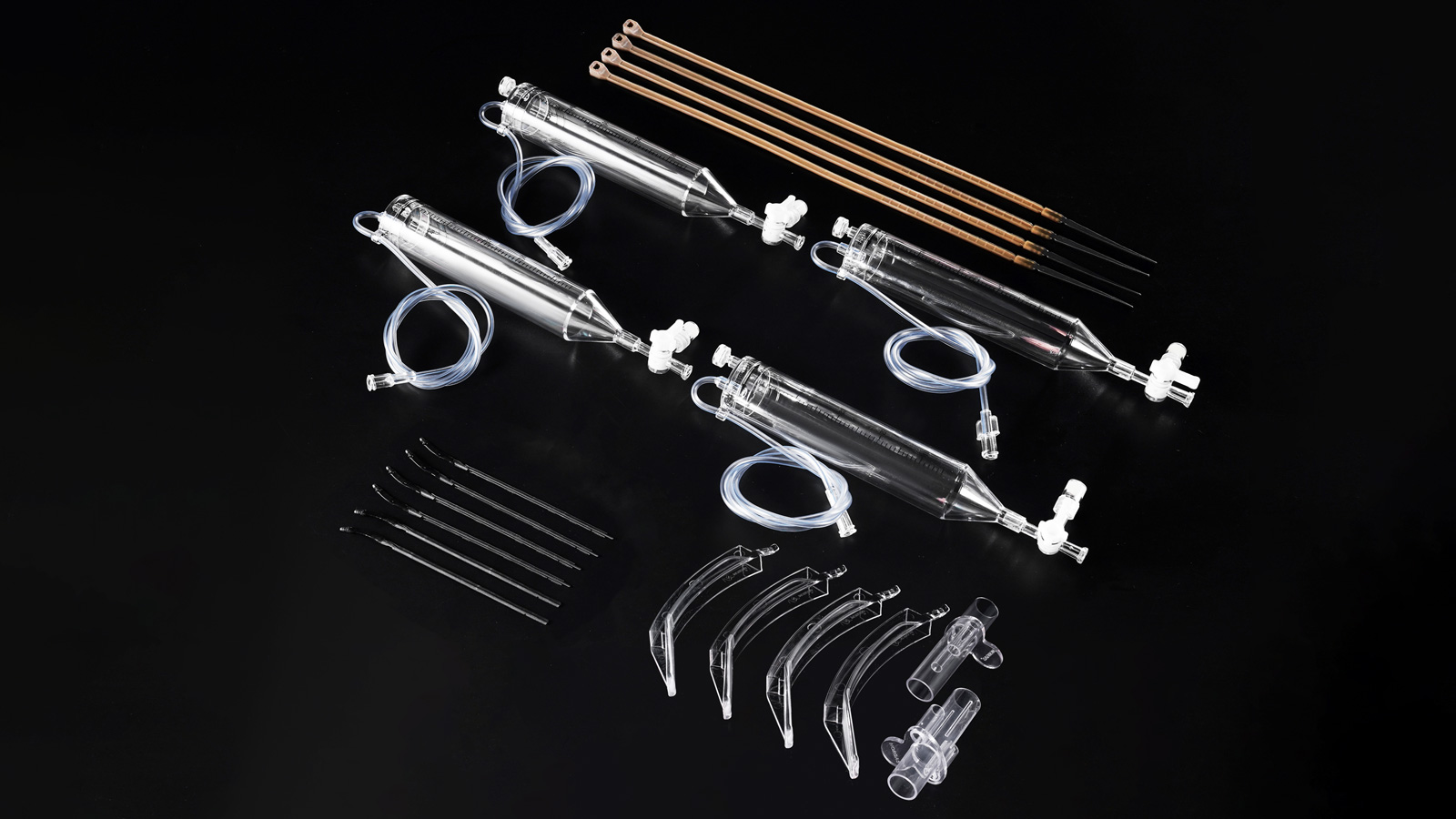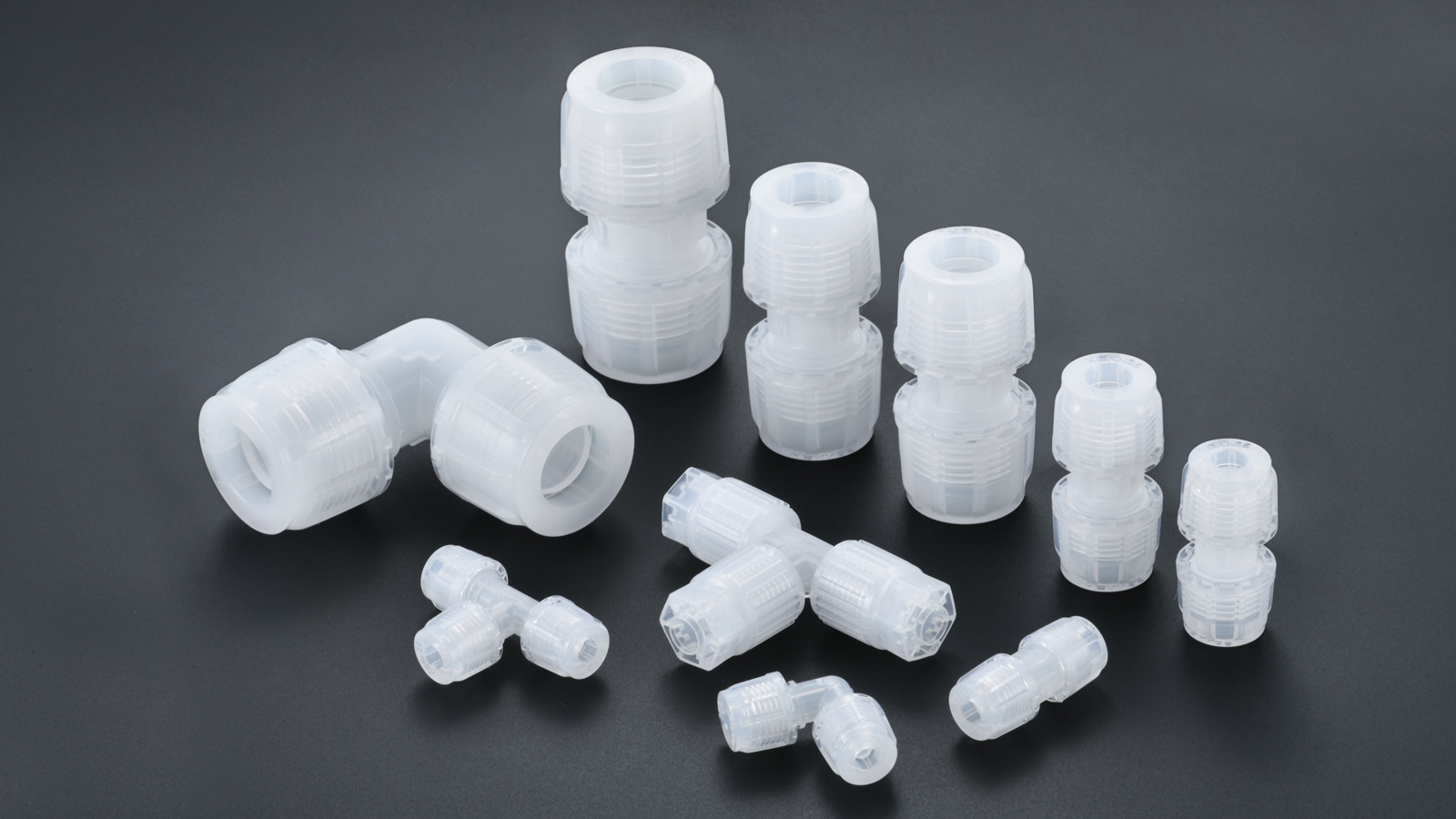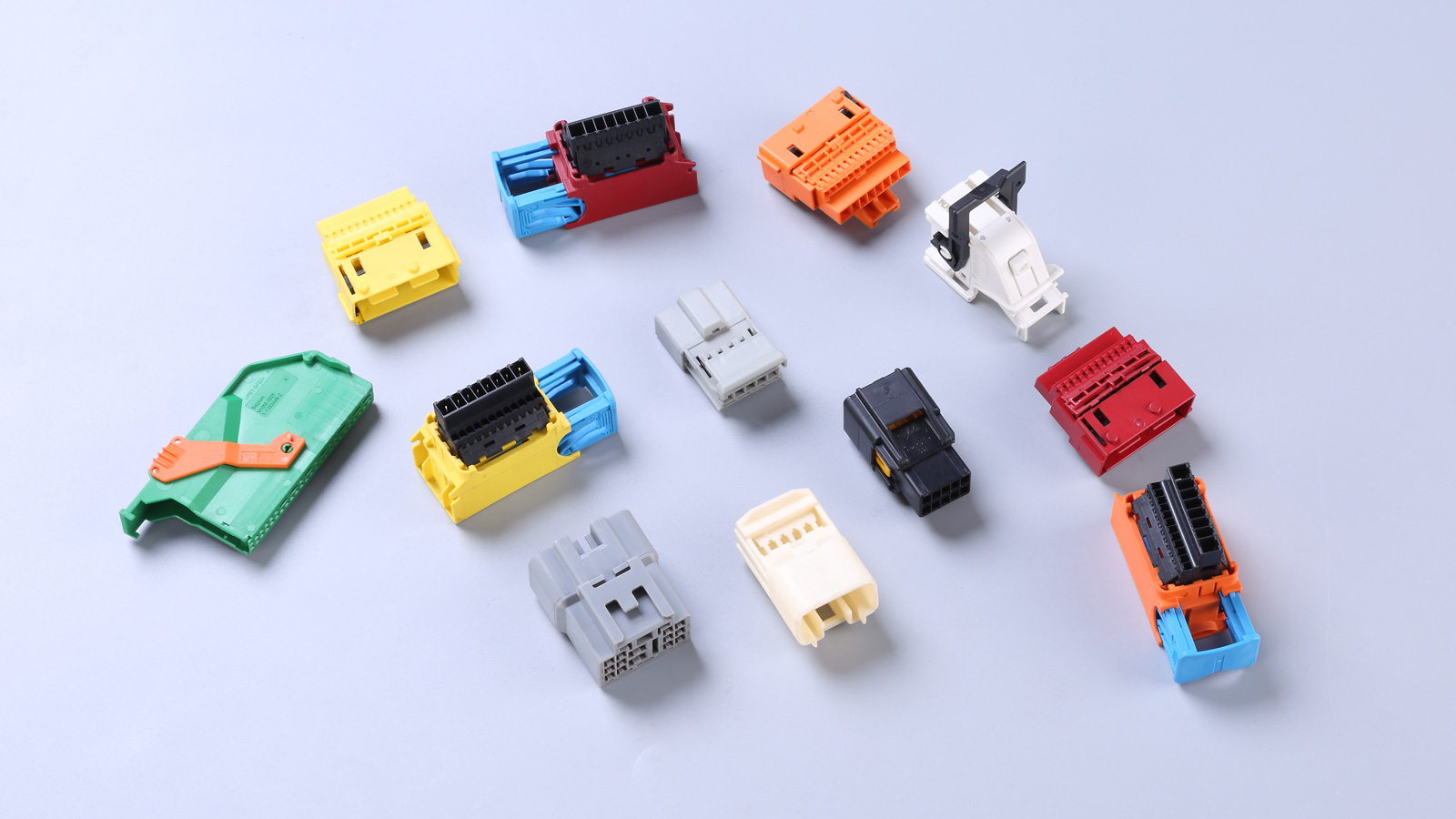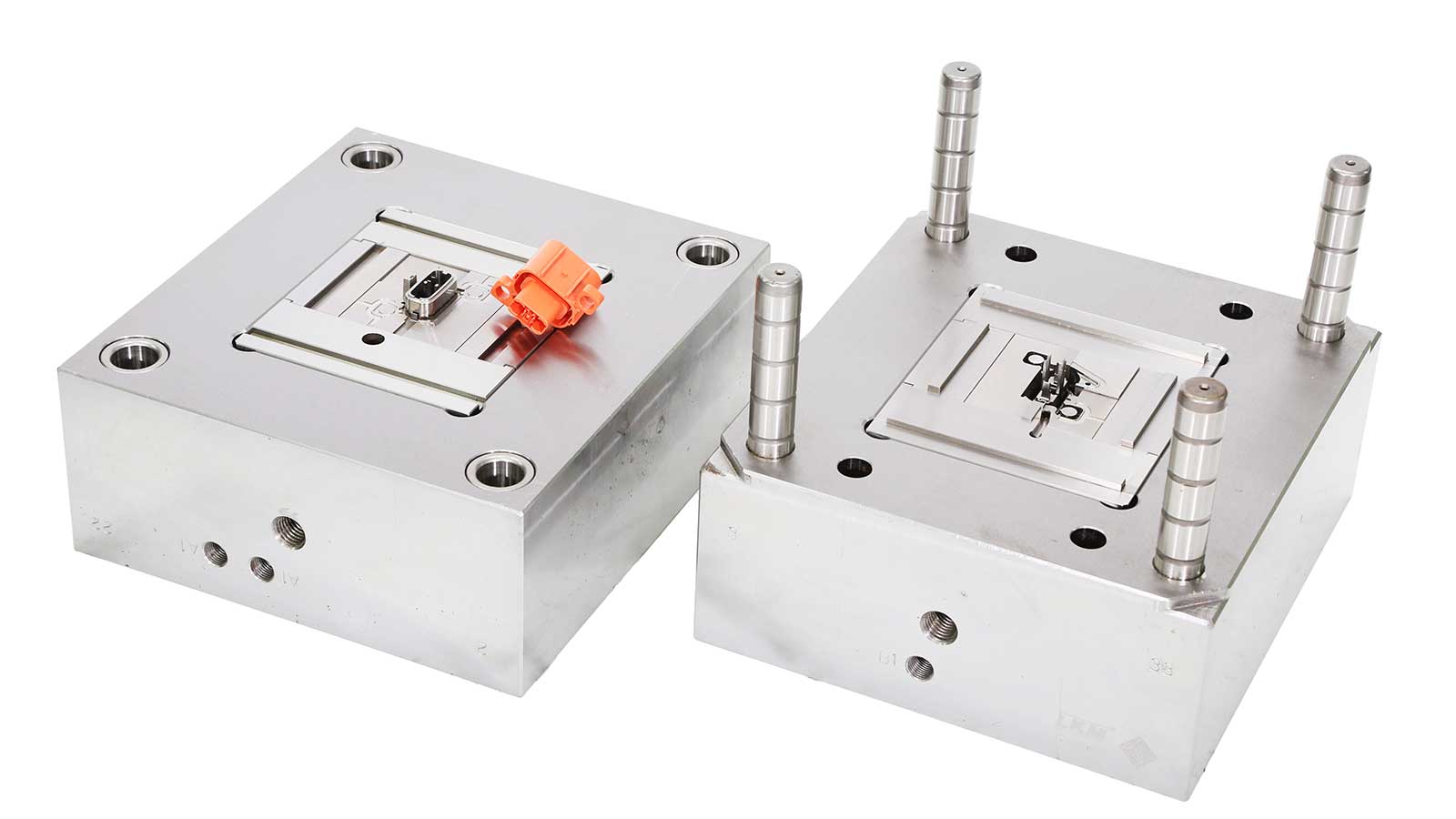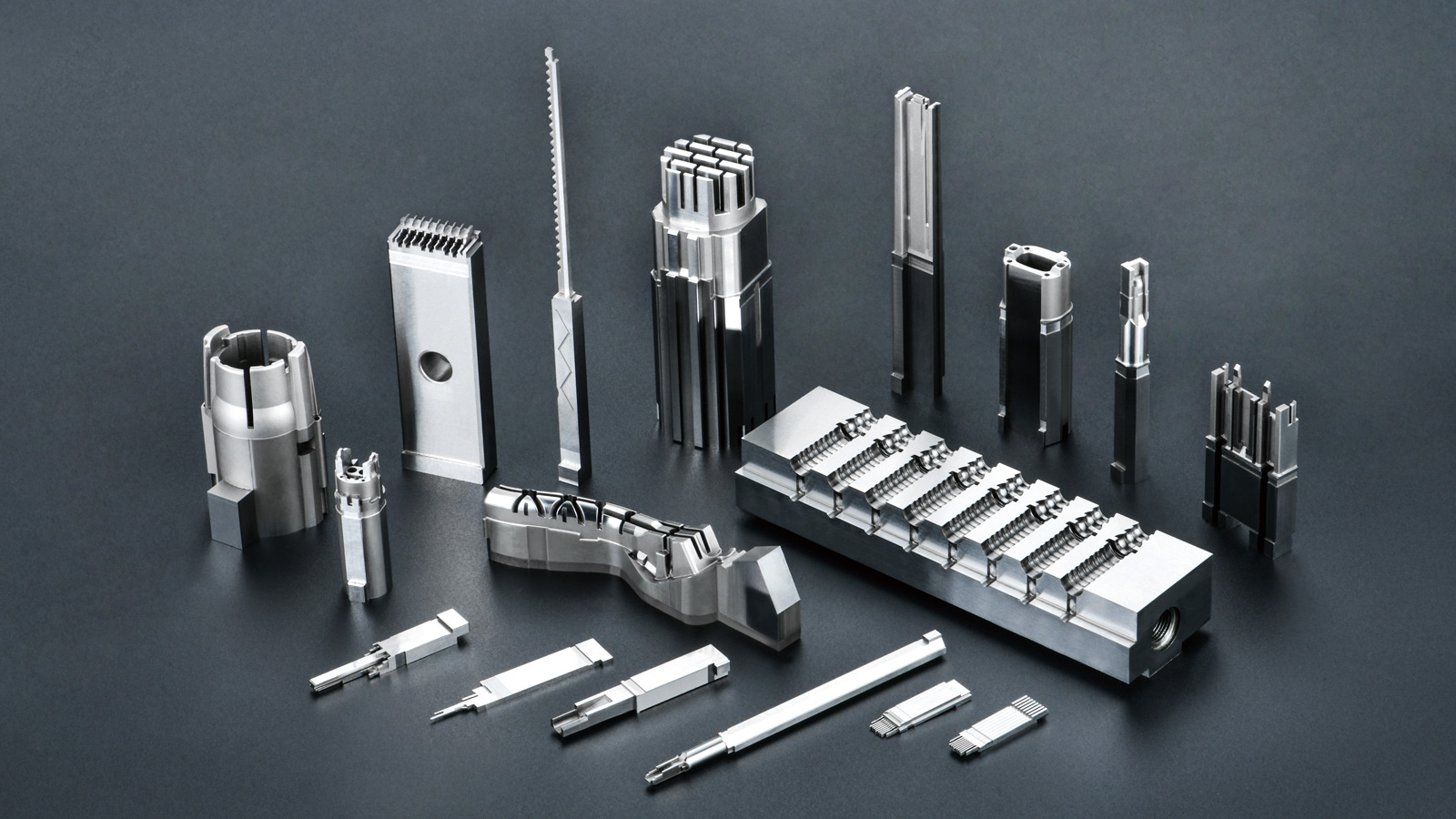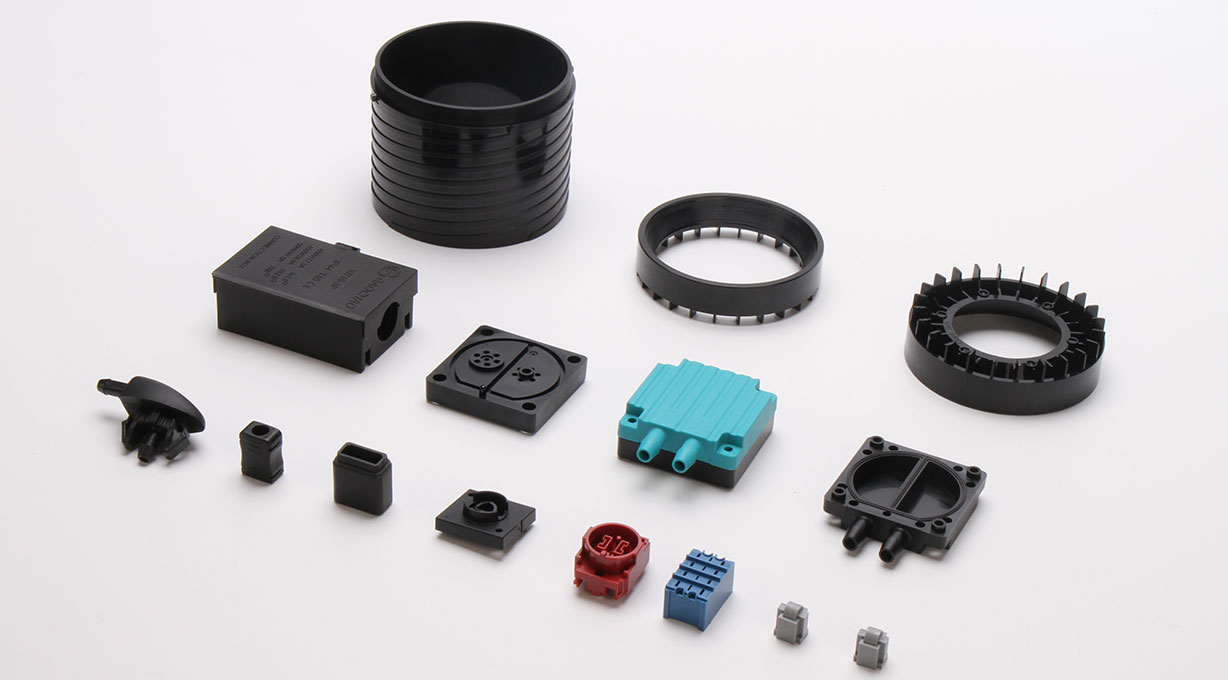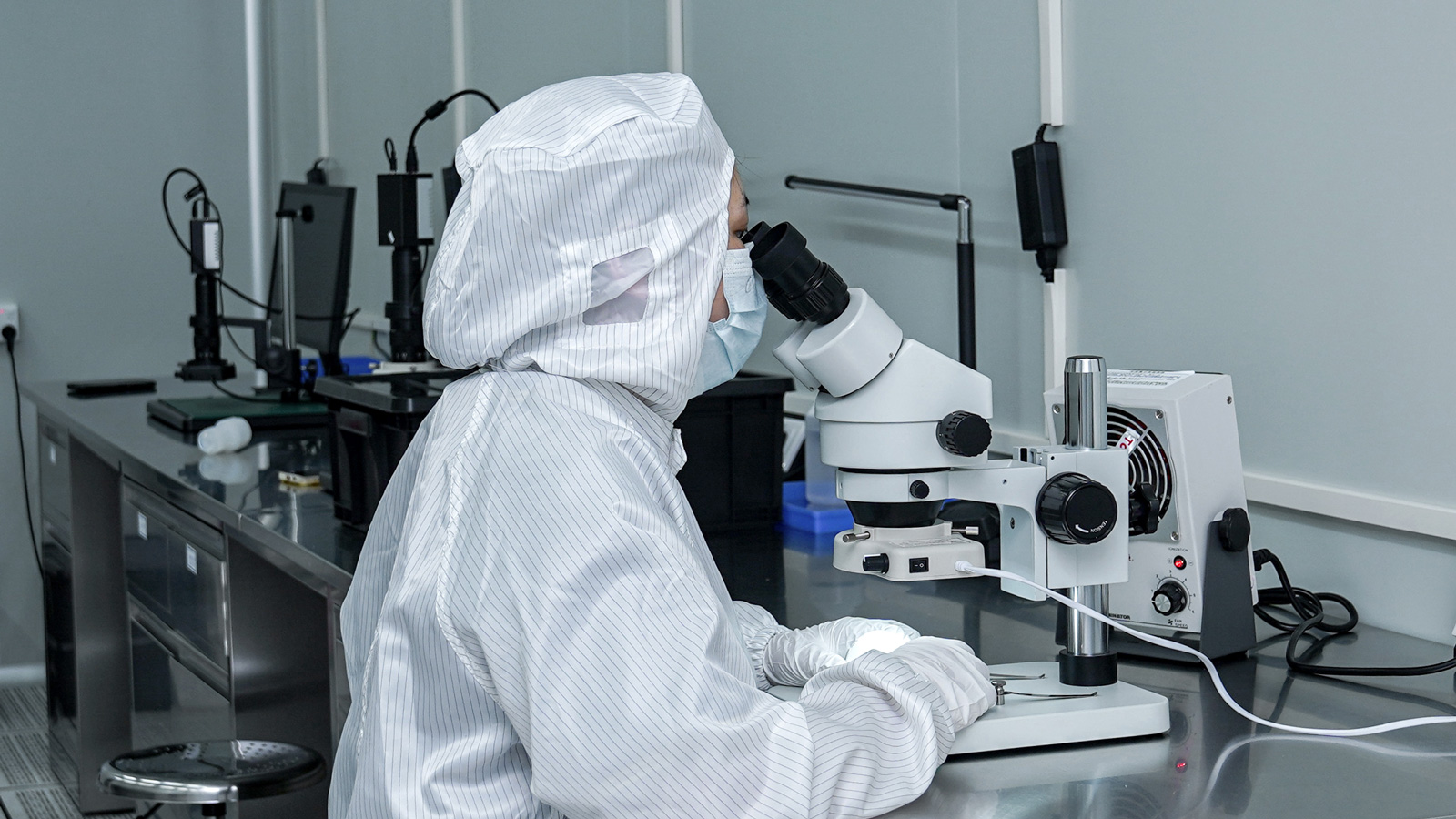In the plastic injection molding production process, the condition of molds plays a decisive role in product quality. Once problems arise in the molds, such as material residues, rusting, cracks, or other damages inside the molds, as well as air or gas retention, it is highly likely to result in the production of non-conforming parts. Rejected products often mean an extended production cycle, which not only wastes resources but also increases production costs. Therefore, it is of utmost importance to ensure that the mold quality remains at a high level, and regular self-inspection and meticulous maintenance of plastic injection molds are particularly crucial.
Basic Maintenance Procedures for Plastic Injection Molds
Conducting basic maintenance and inspection work on plastic injection molds before and after each injection molding cycle is an important measure to ensure part quality and extend the mold’s service life. This series of operations can effectively ensure that parts meet specification requirements and prevent debris or other foreign substances from damaging the mold.
Mold Cavity Cleaning
Use a mild solvent to thoroughly clean the cavity of the plastic injection mold. Material residues inside the mold cavity can significantly affect the shape accuracy and structural integrity of the parts. These residues may cause surface defects, dimensional deviations, and other issues on the parts, thereby impacting the overall performance of the products. Therefore, although simple, the cleaning work plays a key role in ensuring product quality.
Removal of Foreign Substances Inside the Mold
Use compressed air to completely blow out dust, debris, and moisture from the mold. For plastic injection molds with complex structures, if these foreign substances are not promptly removed, they will not only affect the quality of the parts during the production process but may also cause more severe damage to the mold. For example, dust and debris may block the runner of the mold, affecting the normal flow of the plastic melt; moisture may lead to mold rusting, reducing the mold’s strength and precision.
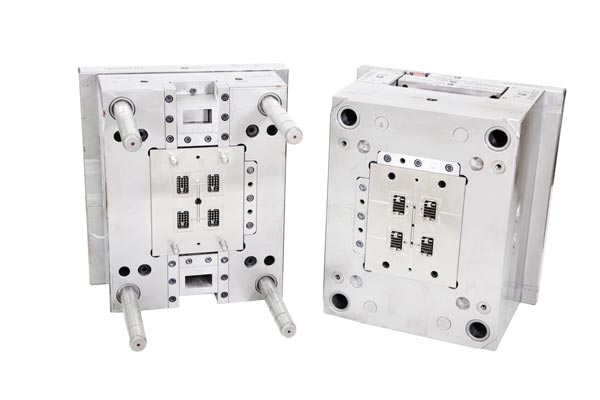
Dry Storage of Molds
Before storing the mold, make sure that the entire mold is completely dry. Moisture is one of the main factors causing rusting of plastic injection molds, and rusted molds not only suffer from damaged appearance but also have significantly reduced performance. Rusted molds are more prone to failure or damage and will produce a higher proportion of defective products during the production process, thereby increasing production costs and production cycles. Therefore, storing the mold in a dry condition is an important step in preventing mold rusting and ensuring mold quality.
Comprehensive Inspection of the Mold
Conduct a thorough and detailed inspection of the runner, gate, and all other areas of the mold. It should be noted that the mold cavity is not the only area that requires focused attention during the maintenance process. Debris and moisture can also cause serious problems in other parts of the mold. For example, debris may get stuck in the moving parts of the mold, affecting the normal opening and closing of the mold; moisture may corrode the metal parts of the mold, reducing its service life. Therefore, during the maintenance process, be sure to carefully inspect and clean these areas.
Inspection of Mold Hardware
Carefully inspect the hardware and connectors of the plastic injection mold, such as bolts, plates, and other parts. Focus on checking their wear conditions, fit accuracy, sealing performance, and other standard maintenance issues. The hardware and connectors of the mold are important supports for the normal operation of the mold. A problem with any component may lead to mold failure. For example, loose bolts may cause the mold to shake during the production process, affecting the dimensional accuracy of the parts; aging seals may cause leakage of the plastic melt, affecting production safety and product quality. Therefore, regularly checking the status of the mold hardware and connectors and promptly solving problems are key to ensuring the stable operation of the mold.
